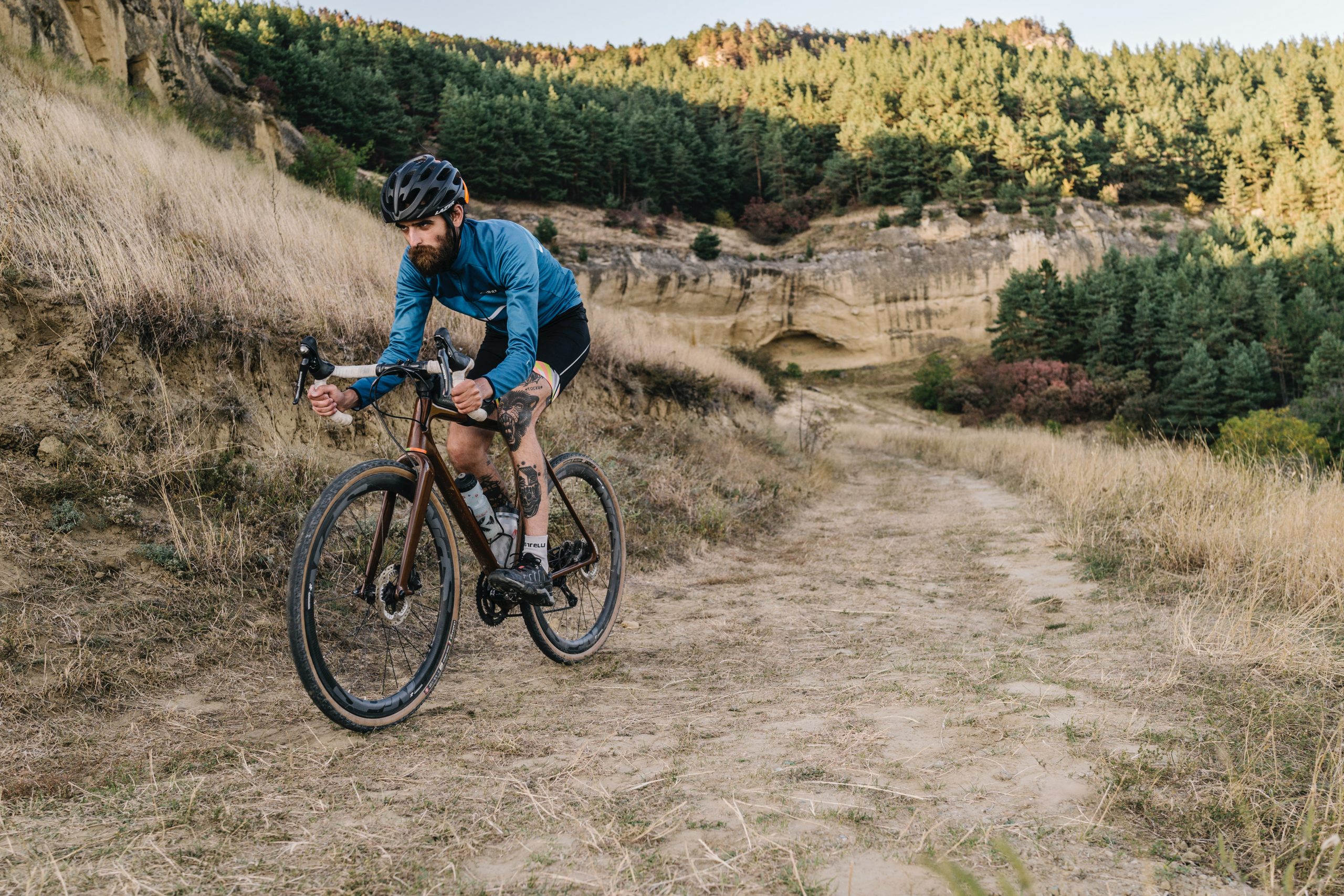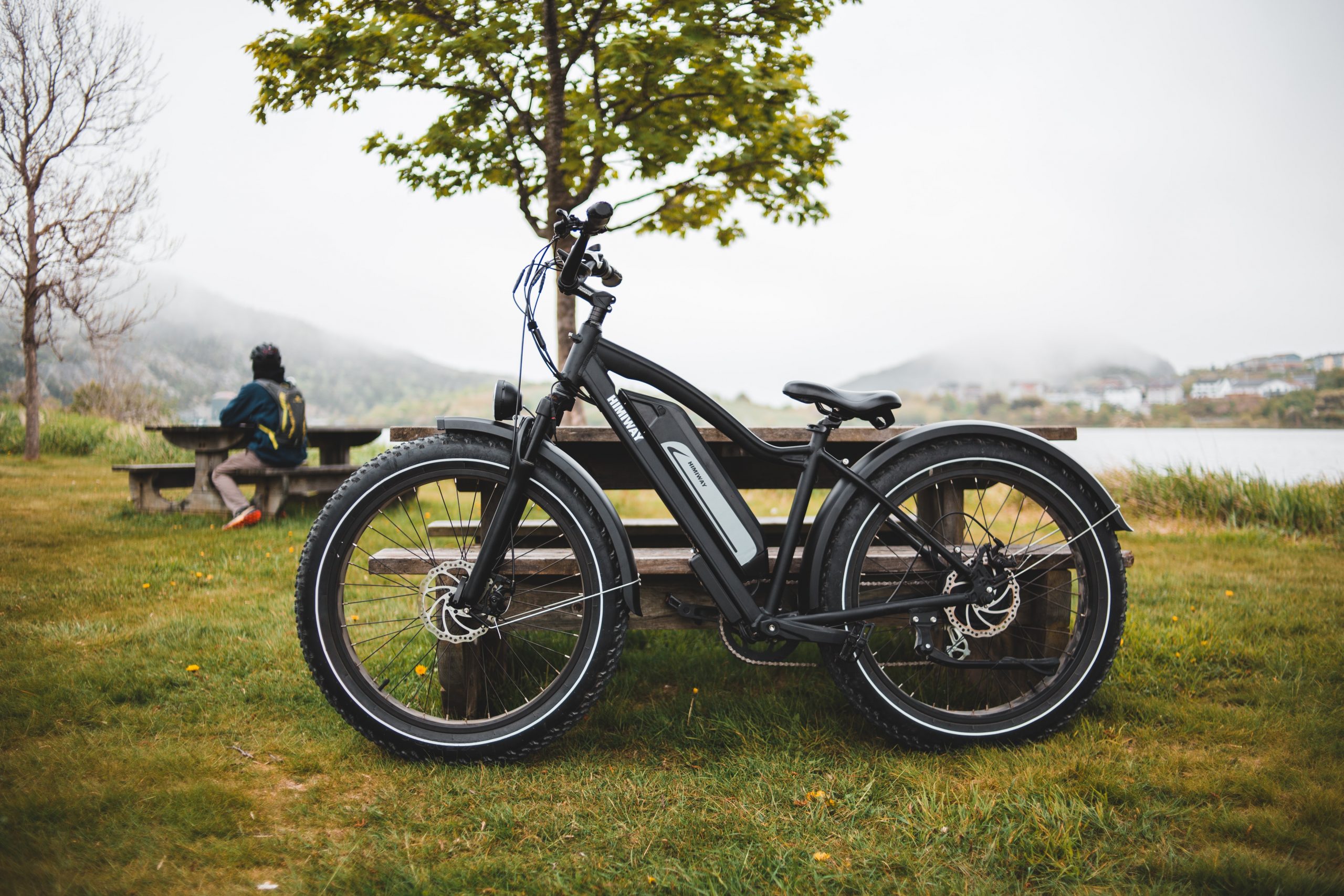Gravel bikes have become a rapidly growing segment in the cycling industry, and for good reason. These bikes are built with wider tires and a more relaxed geometry than traditional road bikes, making them capable of handling different terrains without compromising speed or comfort. Gravel bikes are also designed to be fast and efficient on paved roads, but also durable enough to handle dirt roads and trails. In this article, we will discuss the purpose of gravel bikes, gravel bike geometry, and the differences between gravel bikes, road bikes, and mountain bike
What is a gravel bike?
Gravel bikes are a great option for anyone looking to explore the roads less traveled. They’re built with wider tires and a more relaxed geometry than road bikes, which means they offer more traction and comfort on gravel roads and dirt trails.
Gravel bikes also come in different sizes, so you can choose one that fits you perfectly. And if you want to get technical about it, there are even different types of gravel bike frames: steel or aluminum? Road-oriented or mountain-oriented? The possibilities are endless!
Purpose of a gravel bike
Gravel bikes are designed to be fast and efficient on paved roads, but also durable enough to handle dirt roads and trails. They’re capable of tackling a wide range of terrain, from smooth pavement to loose gravel.
Gravel bikes usually have wider tires than traditional road bikes (28mm or wider) that can handle different types of terrain without compromising speed or comfort. The wide tire profile also helps with cornering control by providing more traction when turning at high speeds.
In addition to wider tires, gravel bikes often feature disc brakes for reliable stopping power on all types of terrain. They also typically have a more relaxed geometry than a road bike, which provides a more comfortable riding position for longer distances and rough terrain. Some gravel bikes may also have suspension systems, although this is less common than on mountain bikes.
Gravel bikes are popular for a variety of activities, including bike packing, touring, and adventure racing. They can handle both paved and unpaved roads, making them a versatile choice for cyclists who enjoy exploring new routes and mixing up their terrain. They’re also a great option for commuters who may encounter a mix of road conditions on their daily ride.
While gravel bikes may not be as specialized as mountain bikes or as fast as road bikes, their versatility, and durability make them a great option for cyclists who want a bike that can handle a variety of terrain and riding styles. Whether you’re looking to tackle a multi-day bike packing trip or simply want a comfortable ride for your daily commute, a gravel bike may be a perfect choice.
Gravel bike geometry
Gravel bike geometry is the shape of the frame and how it fits your body. Finding the right gravel bike geometry depends on several factors, including your height, weight, and riding style.
- Frame size: For example, if you’re tall or heavy then a large-sized frame will be more comfortable for you than a small one. If you’re shorter or lighter than average then consider looking at smaller sizes as well. The same goes for handlebar styles; if you have long arms then drop bars might work better than flat bars while if you’re short-limbed then flat bars would be preferable over drop bars because they offer more hand positions closer to where they rest naturally when gripping them (i.e., between thumb and forefinger).
- Handlebar styles are also an important consideration when it comes to gravel bike geometry. Drop bars are a popular choice for riders with longer arms, as they provide a more aerodynamic riding position. On the other hand, flat bars offer more hand positions and are a better choice for riders with shorter limbs. Overall, finding the right gravel bike geometry is a matter of personal preference and can greatly enhance your riding experience.
Gravel bike frame material
Gravel bikes can be made with a variety of frame materials, including:
- Steel is a great material for bike frames because it’s strong and flexible, making it durable and easy to repair if you get into an accident. Steel also has less weight than other materials such as carbon fiber or titanium, so if you’re looking for something easier on your back when you’re riding long distances, then steel may be the way to go!
- Titanium – when talking about titanium bikes, most people think about high-end racing machines with sleek designs and expensive price tags–and those are out there! But there are also plenty of entry-level options that won’t break the bank (like this one). If you want something lightweight yet still sturdy enough for off-roading trips through rough terrain then this fits your needs best!
- Carbon fiber is the lightest and stiffest material available. It’s also expensive and can be more susceptible to damage than other materials.
Gravel Bike vs Road Bike
Gravel bikes and road bikes are two popular options for cyclists, each designed for different purposes. Road bikes are built for speed and efficiency on paved roads, with narrow tires, lightweight frames, and a low riding position to minimize wind resistance. Gravel bikes, on the other hand, are designed for versatility and off-road adventures, with wider tires, more relaxed geometry, and often with features like disc brakes, suspension, and larger clearance to accommodate varied terrain.
While road bikes are better suited for racing and high-speed cycling on smooth roads, gravel bikes are ideal for riders who enjoy exploring unpaved roads, gravel paths, and mixed terrain. Gravel bikes are also a great option for commuting, touring, and backpacking, as they can handle a wide range of road conditions and can carry heavier loads.
Ultimately, the choice between a gravel bike and a road bike depends on your cycling goals and preferred riding style. If you’re looking for speed and agility on paved roads, a road bike may be the better choice. But if you want to explore new routes, tackle off-road adventures, and enjoy a more versatile ride, a gravel bike may be the perfect option.
Gravel Bike vs Mountain Bike
Gravel bikes are designed to be used on gravel roads and other unpaved surfaces. They’re usually more comfortable than mountain bikes, and they can be more stable than your average road bike.
Gravel bikes and mountain bikes are both designed for off-road riding, but they have significant differences in their construction and intended use. Mountain bikes are built to handle rugged terrain, with wide, knobby tires, full suspension systems, and a sturdy frame to withstand the rigors of downhill rides and technical trails. Gravel bikes, on the other hand, are designed for more diverse terrain, with a lighter frame and wider tires than a road bike but without the full suspension of a mountain bike.
While mountain bikes are best suited for extreme off-road terrain, including steep descents, technical single-track trails, and rocky terrain, gravel bikes are a better choice for less extreme off-road riding, including gravel roads, fire roads, and smoother dirt paths. Gravel bikes are also a great option for longer rides as they offer more comfort and versatility than mountain bikes.
Ultimately, the choice between a gravel bike and a mountain bike depends on the type of off-road riding you plan to do. If you’re interested in tackling technical terrain and steep descents, a mountain bike may be the better choice. But if you want to explore mixed terrain, cover longer distances, and enjoy a more versatile ride, a gravel bike may be the perfect option.
The Bottom Line
In conclusion, a gravel bike is a versatile bicycle that is designed to handle a wide range of terrains, from paved roads to unpaved gravel paths and even light off-road trails. Gravel bikes are known for their endurance and comfort features, such as wider tires, relaxed geometry, and vibration-damping technologies. These features make gravel bikes an excellent choice for riders who want to explore new routes and venture off the beaten path. Whether you’re a seasoned cyclist or a beginner, a gravel bike can be a great option for your next adventure.




